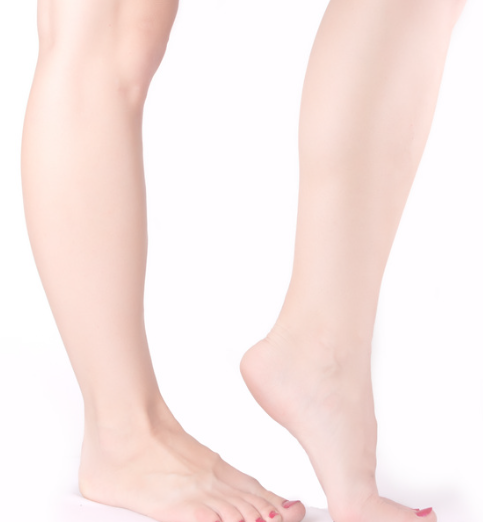Understanding the Dangers of Peripheral Arterial Disease
Today we are going to talk about a condition that is often silent, sometimes deadly but potentially preventable – the ‘Peripheral arterial disease’ or also known as PAD.
This is a condition characterized by the narrowing or blockage of blood vessels (arteries) that supply blood to the extremities, most commonly the legs and feet. This narrowing or blockage is often caused by atherosclerosis, which is the buildup of plaque inside the arteries.
Dangers of Peripheral Arterial Disease: Signs and Symptoms
Symptoms of peripheral artery disease aren’t always present. Even the most common symptom (leg pain) is absent in 40% of people. While the signs of PAD may not always be present, it is important to know what to look for.
- Leg pain during any physical activity
- Aches or cramps during walking in the buttock, thigh, calf or hip.
- Muscle atrophy (weakness)
- Hair loss
- Skin that feels abnormally cold
- Decreased pulse in the feet
- Sores or ulcers in the legs or feet
- Numb toes
This disease also results to multitude of complications. Learning about risk factors is key to PAD prevention.
Here are some risk factors for peripheral arterial disease
- Smoking: Smoking is a significant risk factor for PAD. It damages blood vessels, reduces blood flow and increases the risk of atherosclerosis.
- Diabetes: People with diabetes are at a higher risk of developing PAD due to elevated blood sugar levels that can damage blood vessels.
- High Blood Pressure: Hypertension increases the strain on arteries and can lead to their narrowing and hardening over time.
- Age: The risk of developing PAD increases with age, especially in individuals over 50 years old.
- Obesity: Excess body weight puts additional strain on blood vessels and increases the risk of atherosclerosis.
Other Causes include:
- High Cholesterol: Elevated levels of LDL cholesterol (“bad” cholesterol) can contribute to plaque buildup in arteries, including those in the legs.
- Family History: If you have a family history of cardiovascular disease or PAD, your risk is higher.
- Poor Diet: A diet high in saturated fats, trans fats and processed foods can contribute to the development of atherosclerosis and PAD.
- Physical Inactivity: Lack of regular physical activity can contribute to poor circulation and increase the risk of PAD.
People suffering from PAD are prone to getting wounds on their legs and feet that will not heal due to a lack of oxygen-rich blood reaching the injured tissue on their legs and feet. In fact, PAD contributes to 10-30% of all ulcers that form on lower limbs.
Maintaining a healthy lifestyle by quitting smoking, eating a balanced diet, staying physically active and managing other cardiovascular risk factors can help prevent or delay the onset of PAD.
Treatment options will depend on the symptoms, risk factors, lifestyle and medical history of the person. The first step is to make healthy lifestyle changes that can reduce the risk for developing PAD. The goals of PAD treatment are to relieve symptoms and improved quality of life.
Fun fact: Did you know that the footprints of a T-Rex dinosaur have been found in some places? And a single T-Rex footprint can be as large as a human adult!
Are you suffering from any nail condition? At The Chelsea Clinic, we can help. One of our podiatrist can assist and then recommend what treatments are best to get you back on track. Podiatrist South Kensington
Schedule an appointment here or you may call us at +44 (0) 207 101 4000.
We hope you have a feetastic day!
-The Chelsea Clinic and Team




